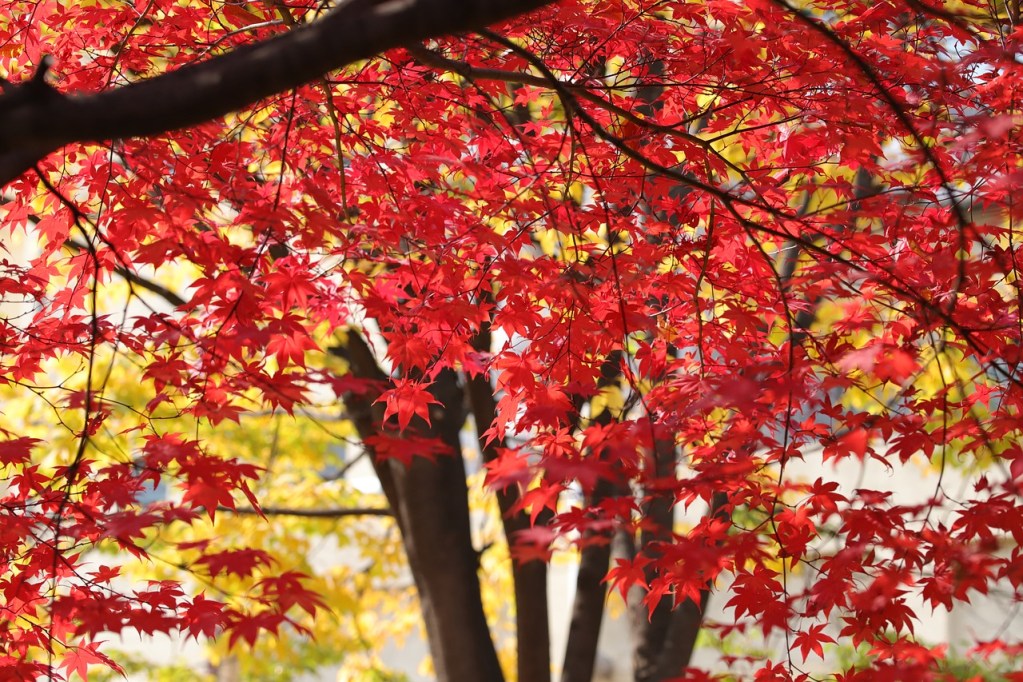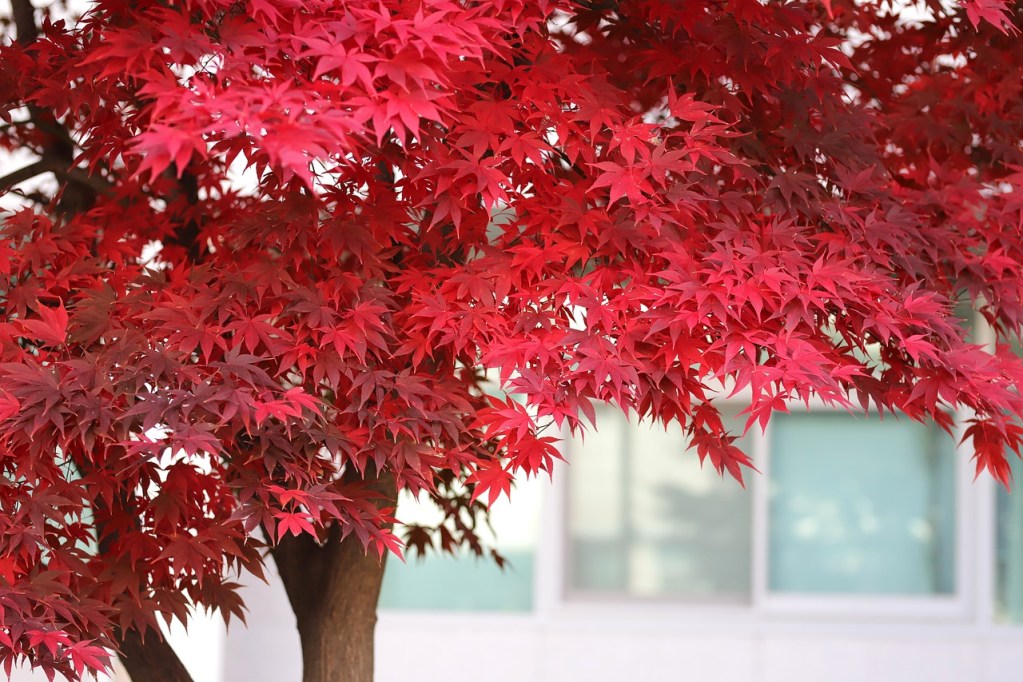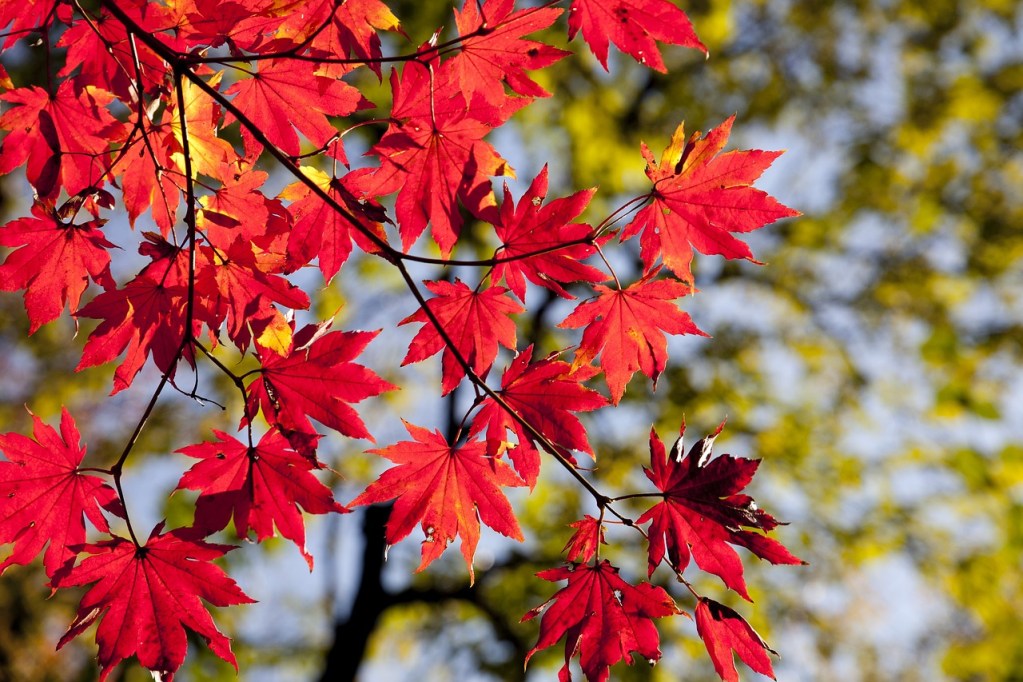If you’re in the market for a lovely new tree, then the autumn blaze maple might be just what you’re looking for. Maple trees are easy to care for and can provide you with delicious maple syrup, but autumn blaze maples in particular are a delight. To find out what makes these maple trees special and how to grow your own, just keep reading!

What makes an autumn blaze maple tree unique?
An autumn blaze maple is a hybrid between a silver and red maple, and it has the most attractive traits of both. It has brilliant fall colors and a beautiful branch structure like a red maple paired with the silver maple’s resistance to cold and disease as well as its fast growth rate. Unfortunately, while its branch structure is beautiful, it's also weak. The branches have a tendency to break where they attach to the trunk, especially in high-wind areas.
Since it's a hybrid, the autumn blaze maple is sterile, meaning it doesn't produce viable seeds. This may be a drawback if you’re interested in propagating your autumn blaze maple using its seeds, but it also means you don’t need to worry about it spreading outside of your yard and into places where new trees may not be welcome.

Planting an autumn blaze maple tree
Follow these steps to correctly plant your autumn blaze maple tree:
Step 1: Plant your maple in full sun.
Step 2: Use well-draining soil.
Autumn blaze maples will tolerate any soil type as long as it's a well-draining soil.
Step 3: Add compost to the soil to encourage quick growth.
Although they will grow in poor soil, autumn blaze maple trees grow more quickly in rich soil.
Step 4: Plant your autumn blaze maple in the spring or fall.
Step 5: Use a large container with drainage holes if you plan to grow your autumn blaze maple in a pot.
Due to their quick growth rate, autumn blaze maples tend to outgrow containers more often than other trees, making them better suited for outdoor planting. However, they can grow in containers as long as there's proper drainage and regular repotting.
Step 6: Provide shelter from high winds.
You can add a windbreak or plant your maple so it's sheltered from the wind by an existing structure or windbreak.

How to care for your autumn blaze maple
After planting, here’s how to care for your maple:
Step 1: Prune your autumn blaze maple semi-regularly, removing any damaged, diseased, or weak branches.
Step 2: Watch for damage after storms.
Autumn blaze maples are prone to broken branches after storms, so remember to check yours after stormy weather.
Step 3: Water your autumn blaze maple tree during droughts.
Step 4: Repot your autumn blaze maple frequently if it's in a container.
Autumn blaze maple trees are gorgeous, quick growing, and easy to care for. You’ll need to keep an eye on them after storms pass through, but regular pruning and a windbreak can keep your maple tree healthy. Plant one today for stunning colors this fall!
Editors' Recommendations
- Amazing tips for forget-me-nots care so they don’t take over your garden
- Loofah plants are unique and interesting vegetables – here’s how to add them to your garden
- Growing your own vanilla plant doesn’t need to be difficult: Here’s what you need to know
- How to plant a dogwood tree for a beautiful addition to your yard
- Curious how you can grow your own blackberries? Here’s our complete guide




